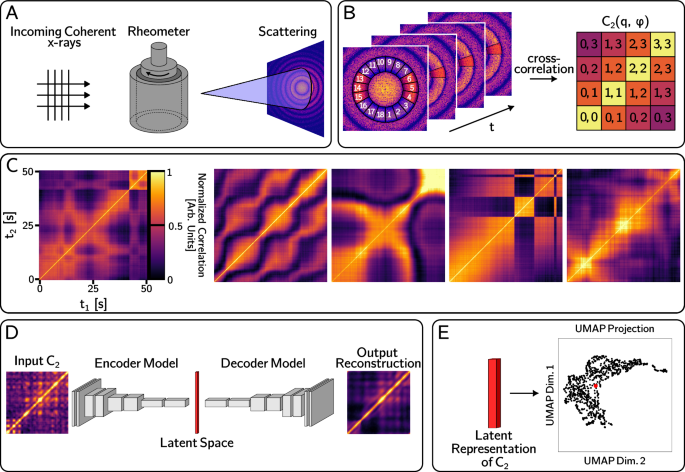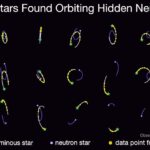2024-07-16 アルゴンヌ国立研究所(ANL)
<関連情報>
- https://www.anl.gov/article/scientists-develop-new-artificial-intelligence-method-to-create-material-fingerprints
- https://www.nature.com/articles/s41467-024-49381-z
AI-NERD AIを活用したX線光子相関分光法により、平衡状態を超える緩和ダイナミクスの解明を目指す AI-NERD: Elucidation of relaxation dynamics beyond equilibrium through AI-informed X-ray photon correlation spectroscopy
James P. Horwath,Xiao-Min Lin,Hongrui He,Qingteng Zhang,Eric M. Dufresne,Miaoqi Chu,Subramanian K.R.S. Sankaranarayanan,Wei Chen,Suresh Narayanan & Mathew J. Cherukara
Nature Communications Published:15 July 2024
DOI:https://doi.org/10.1038/s41467-024-49381-z

Abstract
Understanding and interpreting dynamics of functional materials in situ is a grand challenge in physics and materials science due to the difficulty of experimentally probing materials at varied length and time scales. X-ray photon correlation spectroscopy (XPCS) is uniquely well-suited for characterizing materials dynamics over wide-ranging time scales. However, spatial and temporal heterogeneity in material behavior can make interpretation of experimental XPCS data difficult. In this work, we have developed an unsupervised deep learning (DL) framework for automated classification of relaxation dynamics from experimental data without requiring any prior physical knowledge of the system. We demonstrate how this method can be used to accelerate exploration of large datasets to identify samples of interest, and we apply this approach to directly correlate microscopic dynamics with macroscopic properties of a model system. Importantly, this DL framework is material and process agnostic, marking a concrete step towards autonomous materials discovery.



